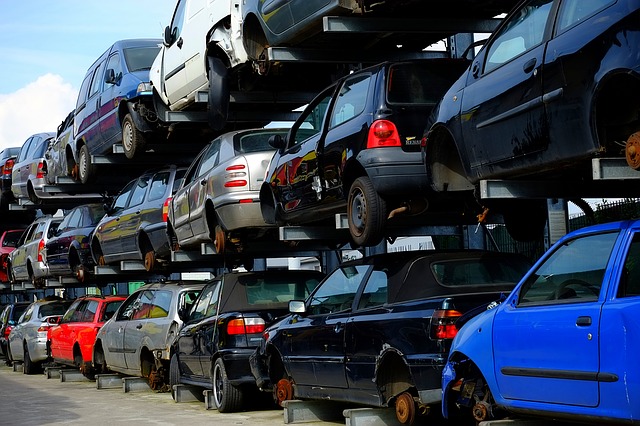Old car: how long is the comprehensive insurance worth it?
Anyone who is responsible for an accident with their vehicle is happy when an insurance company pays the mostly high repair costs. Securing an expensive accident repair and thus avoiding the financial risk of total damage is the most important argument for many policyholders to opt for a fully comprehensive insurance.

As is well known, the statutory motor vehicle liability insurance is an absolute must. Although protection by partial or fully comprehensive insurance is not a must, this is often useful for most drivers. Partial coverage finally covers a whole range of damage (natural hazards, collision with game, short circuit, theft and broken glass). However, if the driver himself has caused an accident, the partial coverage does not come into force and the policyholder must pay for the damage himself.
Fully comprehensive insurance is mainly intended for cases in which the driver himself caused the accident. Typical damage for which a comprehensive insurance is responsible is, for example, unsightly scratches as a result of a collision with another car, bumps that occurred during parking or damage caused by collisions with other obstacles. It is irrelevant when it comes to handling the damage who steered the vehicle, because here it is the vehicle and not its owner who is insured.
Fully comprehensive: rule of thumb
The extent to which comprehensive insurance is also worthwhile for older vehicles cannot be answered as a whole. If a motorist can easily live with the financial risk of expensive repairs in the event of damage, it is of course more likely that there will be no comprehensive insurance here than people with financial bottlenecks.
The rule of thumb here is that comprehensive insurance is no longer worthwhile for vehicles with an age of 7 or 8 years. Some insurance companies no longer offer fully comprehensive insurance for older vehicles.
If a car has been in traffic for many years and already has a lot under its belt, partial coverage can even be dispensed with under certain circumstances, which can save a lot of money every year. However, this is a very risky undertaking, because all damage must be borne by the driver.